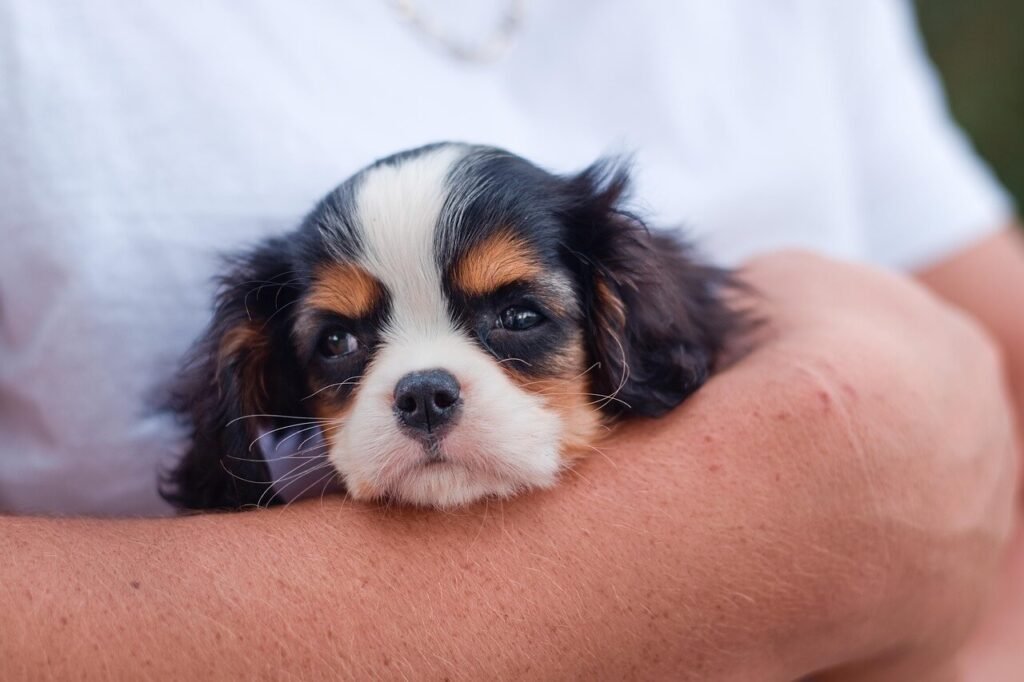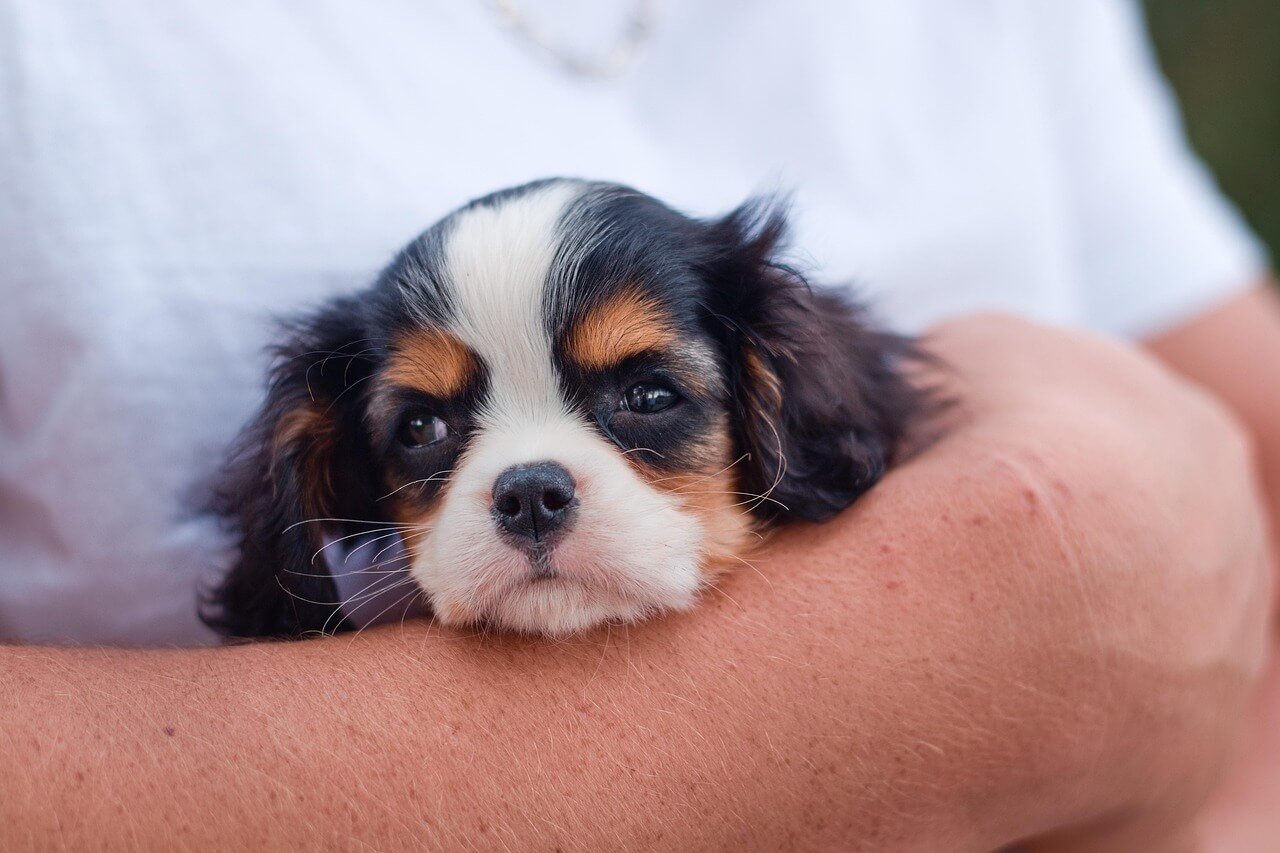Cystotomy in Dogs: Understanding the Procedure and Its Importance
A cystotomy is a surgical procedure commonly performed in veterinary medicine to address various urinary tract issues in dogs. This operation involves making an incision into the bladder to remove stones, tumors, or other obstructions that may be causing discomfort or health complications. While the thought of surgery can be daunting for pet owners, understanding the purpose, benefits, and recovery process of a cystotomy can help alleviate concerns. In this blog post, we’ll explore everything you need to know about cystotomies in dogs, from pre-operative care to post-surgical recovery, ensuring your furry friend receives the best possible treatment.
Common Reasons for a Cystotomy in Dogs
A cystotomy is often recommended when a dog experiences specific urinary tract problems that cannot be resolved through non-surgical means. Here are some of the most common reasons veterinarians suggest this procedure.
Urinary Stones (Uroliths):
Bladder stones are one of the primary reasons for a cystotomy. These mineral deposits can cause pain, blockages, and infections if left untreated.Bladder Tumors:
Suspicious growths or tumors within the bladder may require surgical removal to prevent further complications or spread.Foreign Objects:
Occasionally, dogs ingest or pass foreign objects that lodge in the bladder, necessitating surgical extraction.Recurrent Urinary Tract Infections (UTIs):
Persistent infections unresponsive to antibiotics may indicate underlying issues that a cystotomy can address.Trauma or Injury to the Bladder:
Accidents or injuries that damage the bladder wall may require surgical repair to restore normal function.
These conditions highlight the importance of timely veterinary intervention to ensure your dog’s urinary health and overall well-being.

What to Expect During a Cystotomy Procedure
Understanding the steps involved in a cystotomy can help pet owners feel more prepared and informed about their dog’s surgery. Here’s a breakdown of what typically happens during the procedure.
Pre-Surgical Assessment:
Your veterinarian will conduct a thorough examination, including bloodwork and imaging, to confirm the need for surgery and assess your dog’s overall health.Anesthesia Administration:
General anesthesia is administered to ensure your dog remains unconscious and pain-free throughout the procedure.Incision and Exploration:
A small incision is made into the abdomen to access the bladder, allowing the vet to examine and address any abnormalities.Stone Removal or Tumor Excision:
The vet carefully removes stones, tumors, or foreign objects, ensuring no damage is done to the bladder lining.Closure and Recovery:
The incision is sutured, and your dog is monitored closely as they wake up from anesthesia to ensure a smooth recovery.
This structured approach ensures the procedure is both safe and effective, addressing the root cause of your dog’s urinary issues.
Check this guide 👉 Understanding Cystocentesis in Dogs: Best 7 Expert Tips!
Check this guide 👉 Understanding Sialocele in Dogs: Best 7 Expert Tips!
Check this guide 👉 Understanding Dog Hyperkeratosis: Best 7 Expert Tips!
Benefits of a Cystotomy | Potential Risks of the Procedure |
|---|---|
Removes harmful bladder stones | Risk of infection at the incision site |
Alleviates pain and discomfort | Possible complications from anesthesia |
Prevents urinary blockages | Temporary swelling or bruising |
Improves overall urinary health | Rare risk of bladder leakage |
Allows biopsy for cancer diagnosis | Post-surgery recovery period required |
Post-Surgical Care Tips for Dogs After a Cystotomy
Proper aftercare is crucial to ensure your dog recovers fully and avoids complications following a cystotomy. These tips will guide you through the recovery process.
Monitor the Incision Site Daily:
Check for signs of redness, swelling, or discharge, which could indicate an infection requiring immediate attention.Restrict Physical Activity:
Limit running, jumping, and rough play for at least two weeks to allow the incision to heal properly.Administer Medications as Prescribed:
Follow your vet’s instructions for pain management and antibiotics to support healing and prevent infections.Encourage Hydration:
Ensure your dog drinks plenty of water to flush out the urinary system and prevent stone formation.Schedule Follow-Up Appointments:
Attend all scheduled check-ups to monitor your dog’s progress and confirm the incision is healing correctly.
By adhering to these guidelines, you can help your dog recover quickly and comfortably after their cystotomy.
Signs of Complications After a Cystotomy
While most dogs recover smoothly from a cystotomy, it’s important to watch for warning signs that may indicate complications. Early detection can prevent minor issues from becoming serious problems.
Excessive Licking of the Incision Area:
Persistent licking can irritate the wound and delay healing. Consider using an Elizabethan collar to deter this behavior.Lethargy or Loss of Appetite:
If your dog seems unusually tired or refuses to eat, it could signal an underlying issue requiring veterinary attention.Difficulty Urinating:
Straining to urinate or producing little to no urine may indicate a blockage or infection. Contact your vet immediately.Fever or Vomiting:
These symptoms could point to an infection or adverse reaction to medication, warranting urgent care.Swelling or Discharge at the Incision Site:
Any abnormal swelling or pus-like discharge should be evaluated by your veterinarian promptly.
Staying vigilant about these signs ensures your dog receives timely care if complications arise.
Dietary Changes to Prevent Bladder Stones
Diet plays a crucial role in preventing the recurrence of bladder stones after a cystotomy. Implementing these dietary adjustments can promote long-term urinary health.
Increase Water Intake:
Encourage your dog to drink more water by providing fresh water frequently or using a pet fountain.Prescription Diets:
Specialized diets formulated to dissolve or prevent specific types of stones are highly effective under veterinary supervision.Limit High-Mineral Foods:
Avoid foods high in magnesium, phosphorus, or calcium, which contribute to stone formation.Offer Wet Food Options:
Wet food contains higher moisture content, helping to keep your dog hydrated and reduce stone risk.Avoid Table Scraps:
Human foods can upset your dog’s digestive balance and increase the likelihood of stone development.
By focusing on nutrition, you can significantly reduce the chances of your dog needing another cystotomy.
Recognizing Early Symptoms of Bladder Issues
Early detection of bladder problems can prevent the need for invasive procedures like a cystotomy. Watch for these subtle signs that may indicate trouble.
Frequent Urination Attempts:
If your dog is straining to urinate or asking to go out more often, it could signal a urinary issue.Blood in Urine:
Hematuria (blood in urine) is a red flag that requires immediate veterinary evaluation.Accidents Indoors:
Sudden accidents inside the house may indicate difficulty controlling urination due to bladder problems.Unusual Odor in Urine:
Foul-smelling urine can suggest an infection or other urinary tract issues.Behavioral Changes:
Restlessness, pacing, or excessive licking of the genital area may indicate discomfort or pain.
Recognizing these early symptoms allows for timely intervention, potentially avoiding surgery altogether.
Benefits of Regular Veterinary Check-Ups
Regular veterinary visits are essential for maintaining your dog’s urinary health and catching potential issues before they escalate. Here’s why routine check-ups matter.
Early Detection of Problems:
Routine exams and tests can identify bladder stones or infections before they become severe.Tailored Preventive Care:
Your vet can recommend personalized strategies, such as diet or supplements, to minimize risks based on your dog’s breed and history.Monitoring Chronic Conditions:
For dogs prone to recurring bladder issues, regular monitoring helps manage their condition effectively.Education and Guidance:
Vets provide valuable advice on recognizing symptoms and implementing preventive measures at home.Peace of Mind for Owners:
Knowing your dog is healthy and receiving proactive care reduces stress and strengthens the bond between you and your pet.
Consistent veterinary care ensures your dog stays happy and healthy, reducing the likelihood of needing procedures like a cystotomy.
Frequently Asked Questions About Cystotomy in Dogs
How long does a cystotomy take?
The procedure typically lasts between 30 minutes to an hour, depending on the complexity of the case.
Is a cystotomy painful for my dog?
Your dog will be under anesthesia during the surgery and receive pain management afterward to ensure comfort.
What is the recovery time after a cystotomy?
Most dogs recover within 10 to 14 days, but full healing may take up to four weeks.
Are there risks associated with a cystotomy?
As with any surgery, risks include infection, bleeding, or adverse reactions to anesthesia, but these are rare.
Can bladder stones return after a cystotomy?
Yes, dietary changes and regular vet check-ups can help prevent recurrence.
Ensuring Your Dog’s Health After a Cystotomy
A cystotomy is a valuable procedure that addresses critical urinary issues, restoring your dog’s comfort and quality of life. By understanding the reasons behind the surgery, the steps involved, and the necessary aftercare, you can play an active role in your pet’s recovery journey. With proper attention and follow-up care, your dog can bounce back stronger and healthier, free from the pain and complications caused by bladder problems. Remember, your veterinarian is always your best resource for guidance and support throughout this process.
Canned Pumpkin for Cat Diarrhea: Best 7 Expert Tips! Natural remedy to firm stools, soothe upset bellies, and support gut health safely.
Can a Cat Give You Scabies? Best 7 Expert Tips! Discover the truth about feline mites, human skin risks, and how to protect yourself—without panic.
Cat Flea vs Human Flea: Best 7 Expert Tips! Discover the truth about bites, species, and how to eliminate infestations for good.
Weird Cat Behaviors: Best 7 Expert Tips! Discover why cats do strange things—and how to understand, not punish, their instincts for a happier home.





